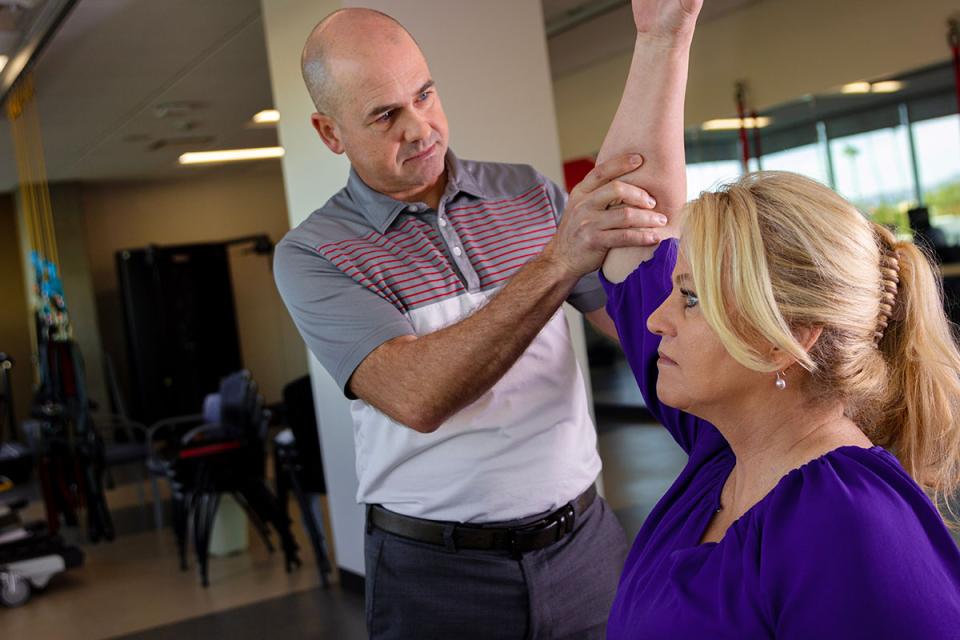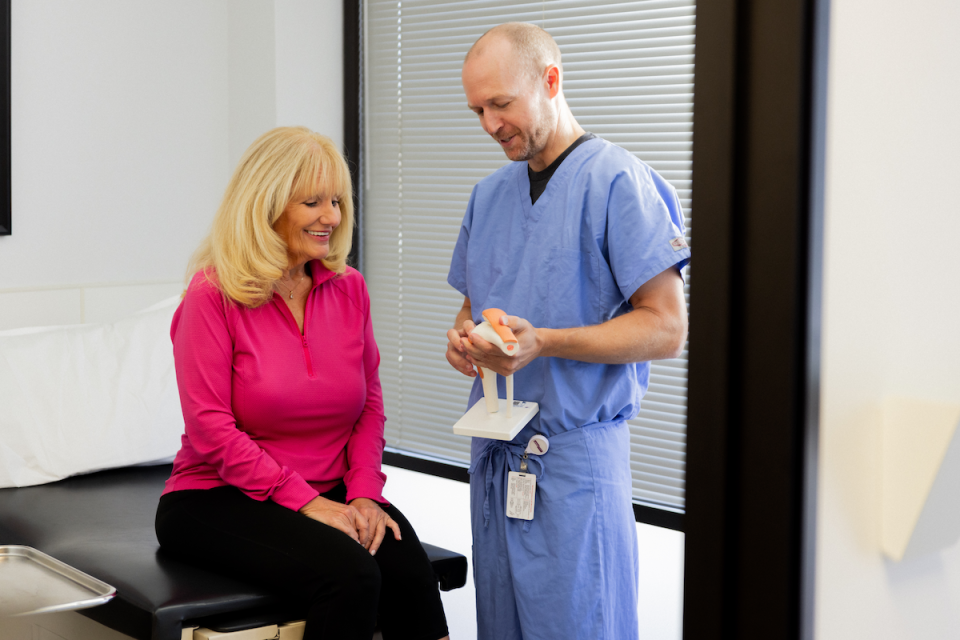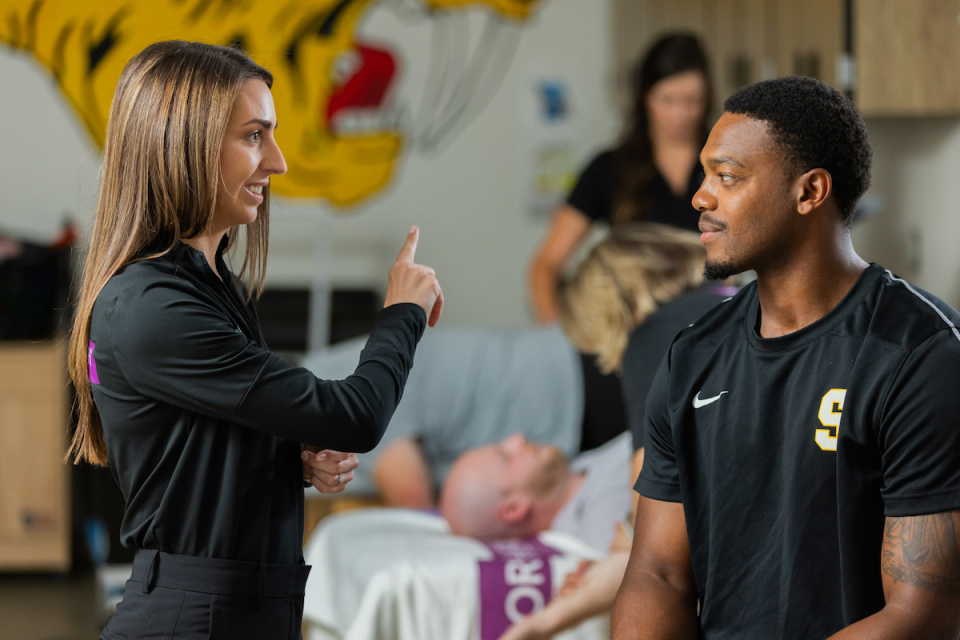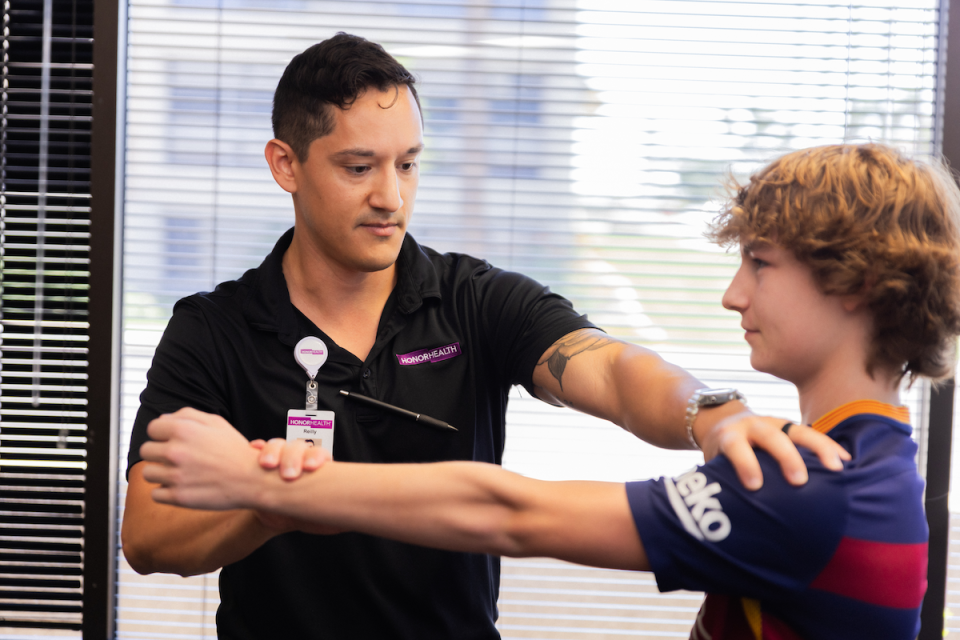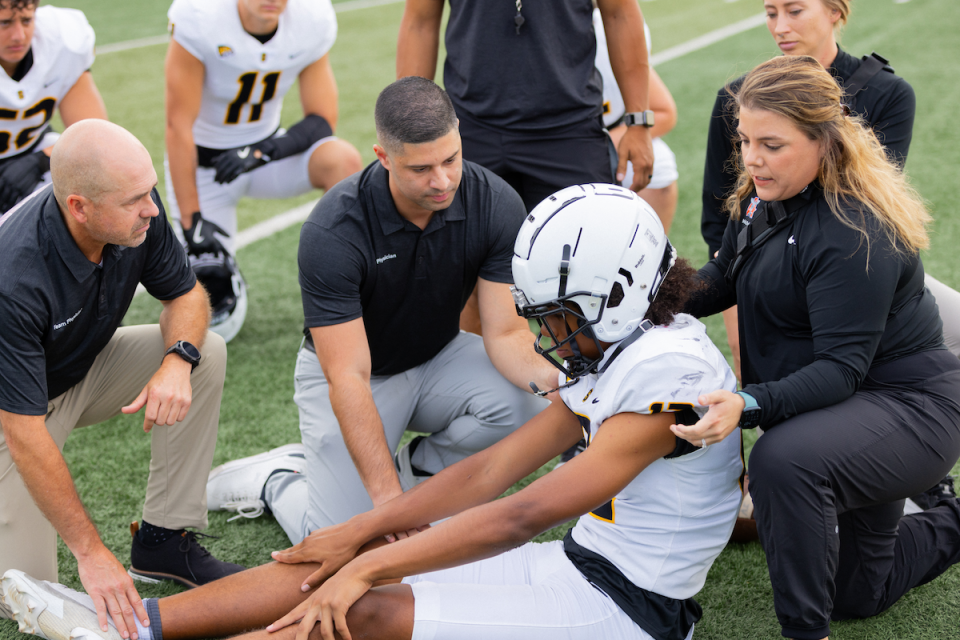Sports Medicine
No matter the cause of your injury, illness or condition, it’s important to get the right care.
The team at HonorHealth Sports Medicine is a dedicated group of board-certified experts who have the skills and experience to treat injuries and conditions for athletes, recreationalists and weekend warriors of all ages. A sports medicine physician is trained to treat the musculoskeletal system which includes muscles, tendons, ligaments and bones. These specialists are highly trained to treat a range of injuries experienced by both athletes and non-athletes.
“If you have a body, you’re an athlete.” - Victoria Eby, DO
We understand the unique causes of sports injuries and the effects that certain conditions can have on your performance. We will go the extra mile to ensure that you get back to doing the activities and sports you love as quickly and as safely as possible.
